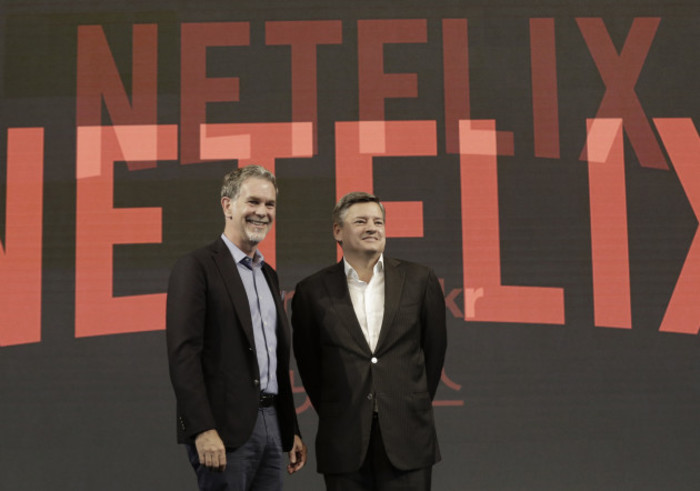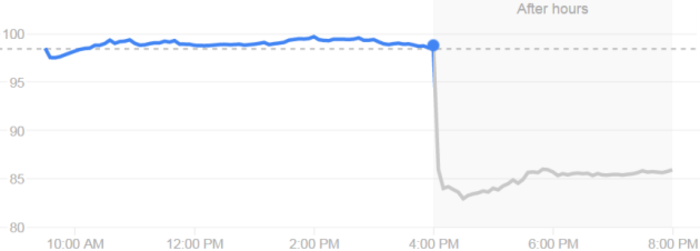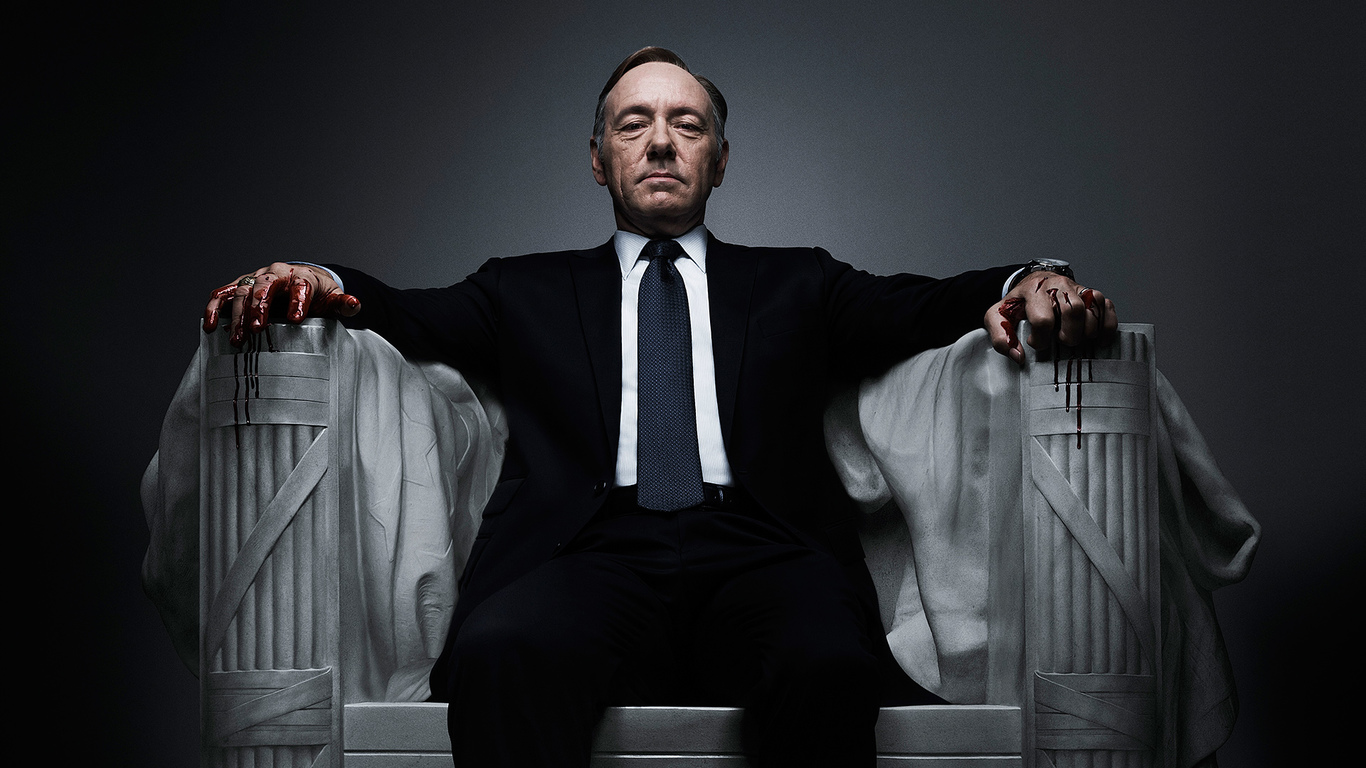After years in the fast lane, Netflix has finally hit some speed bumps
User growth has slowed dramatically at the streaming giant – and it’s share price has taken a major hit.
AFTER YEARS OF spectacular success, Netflix is starting to hit some potholes. The high-flying internet video service added only 160,000 US subscribers from April through June, its lowest gain in the period since splitting up its video-streaming and DVD-by-mail services five years ago.
In addition to the US slowdown, Netflix is wrestling with an ambitious international expansion amid stiffening competition, challenges that came into sharper focus with the release of its second-quarter earnings.
CEO Reed Hastings blamed the disappointing performance on cancellations by subscribers facing price increases of as much as $2 per month, following the expiration of a two-year rate freeze.
“People don’t like price increases, we know that,” Hastings said during a webcast reviewing the second quarter. “It is a necessary phase we must get through.”
 Netflix CEO Reed Hastings, left
Netflix CEO Reed Hastings, left
Higher prices, more competition
Analysts estimate that more than 20 million subscribers may be hit with a price increase between June and the end of this year.
Netflix hasn’t quantified how many people will be affected but cited the price increases as one reason it predicts it will add just 300,000 US subscribers in the third quarter — down from a gain of 880,000 at the same time last year.
The fallout from those phased-in price increases has been compounded by intensifying competition that now provide consumers an array of alternative streaming-video options.
Netflix fared better outside the US, but its second-quarter gain of 1.5 million international subscribers still missed management’s projections.
The company’s stock shed 13% in after-hours trading. If that loss extends today, Netflix shares will have lost about a quarter of their value so far this year. That’s a harsh comedown for a stock that’s been a Wall Street star since bottoming out about four years ago.

A victim of success
In a way, Netflix is a victim of its own success. With 47.1 million US subscribers already signed up and paying $8 to $12 per month, the company is having more trouble finding new households interested in anteing up.
Beyond the US, the Los Gatos, California, company is sustaining significant losses as it ramps up its business in 189 other countries. Among other things, Netflix has to amass a diverse collection of TV shows and films that will appeal to new audiences speaking a variety of different languages and with divergent tastes.
Its international operations lost $69 million in the second quarter, or an average of about $2 per overseas subscriber. By contrast, Netflix’s US streaming service contributed a profit of $414 million, or about $9 per subscriber.
After factoring in its still highly profitable but steadily shrinking DVD-by-mail service and various operating expenses, Netflix earned $41 million in the second quarter. That nearly tripled its profit of $14 million at the same time last year.
Revenue for the period increased 28% from last year to $2.1 billion, driving in part by Netflix’s higher prices.

First mover no more
Until recently, Netflix had been capitalizing on its ‘first mover’ advantage — technology parlance for innovators that embrace a new concept ahead of the pack.
Its head start in internet video meant Netflix was able to license previously released TV series and films at relatively inexpensive rates, in part because studios hadn’t yet realized how valuable streaming rights would become.
That’s all changed now. Netflix’s competitors now include internet-only offerings from Amazon, Hulu and Google’s YouTube, as well as traditional TV networks – which have introduced online alternatives to their cable and broadcast channels.
At the same time, studios are demanding higher prices for the rights to their shows and films — and increasingly selling the rights to Netflix rivals willing to pay more.
“Media companies are thinking a lot more about what the real value of their content is and what they should be getting to license it to Netflix,” says Andre Swanston, CEO of Tru Optik, an entertainment industry consultant. “That is going to make content licensing a lot more expensive for them.”






